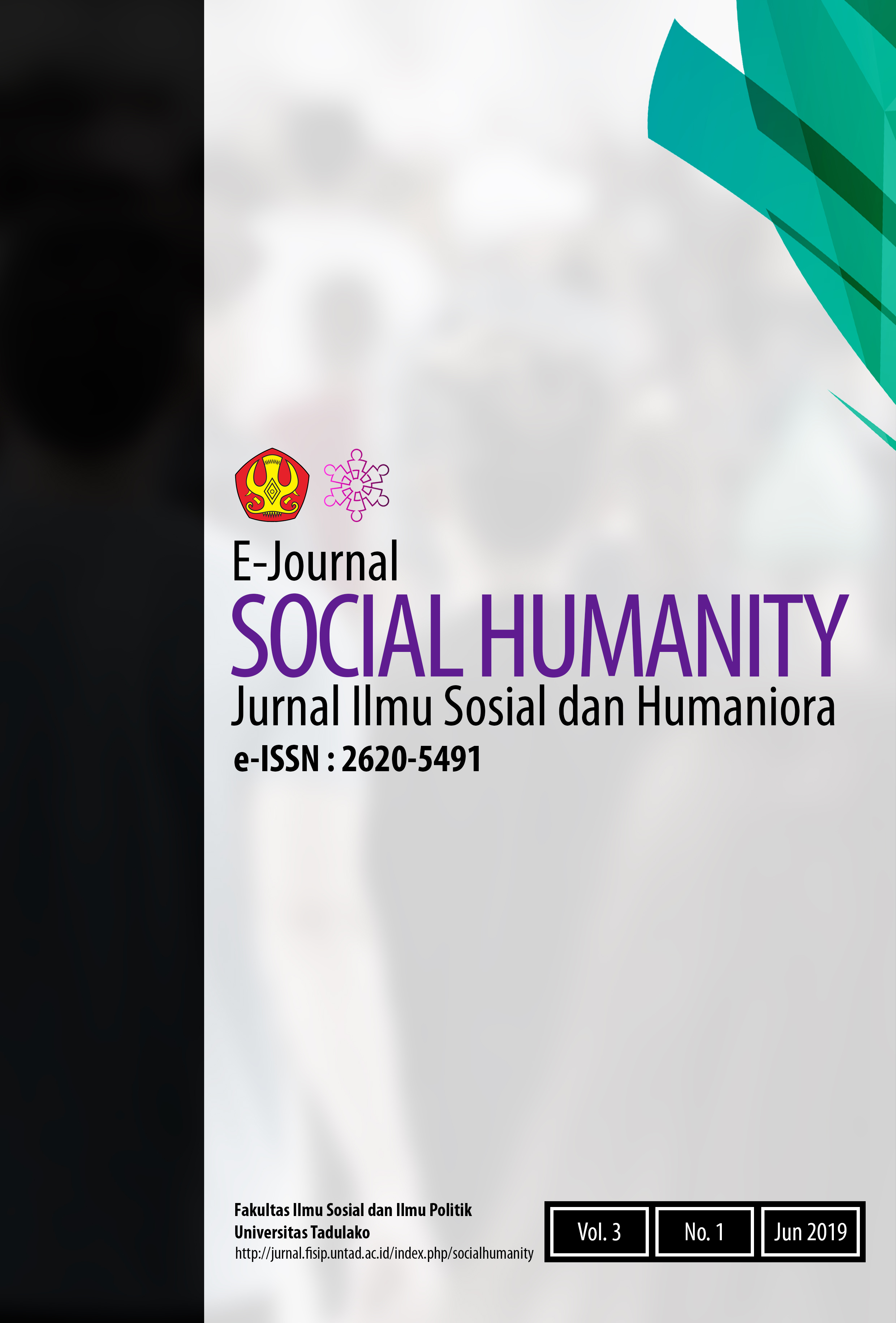BARRIERS OF INTERCULTURAL COMMUNICATION IN BUGIS AND CHINESE ETHNIC MARRIAGE COUPLES IN BOYA, DONGGALA REGENCY
DOI:
https://doi.org/10.22487/j.sochum.v3i1.1332Keywords:
Code of Conduct, Reporter, Mass MediaAbstract
This study uses a case study research method. This type of research was conducted by means of qualitative descriptive. Data collection techniques were carried out by means of observation and in-depth interviews. The informants in this study were three married couples (Bugis-Chinese) with a minimum age of marriage of 5 (five) years and the research site was in Boya Village, Donggala Regency. This study uses interactive data analysis techniques consisting of 3 stages, namely data reduction, data presentation and verification. The results of this study indicate that assumptions about equality are vulnerable to intercultural communication conflicts, this is because every husband/wife has assumptions about social equality and attitude values. Differences in language, language limitations owned by husband/wife in understanding the language of their partner, causing problems. Nonverbal misunderstanding is the behavior of husband/wife in the form of symbols and body language that causes conflict between partners. Prejudice and stereotypes as well as the tendency to judge, namely where the behavior of husbands and wives from other cultures is also the behavior of their own culture but has a different meaning. While the high anxiety is caused by the mental condition of the husband/wife who is experiencing mental stress, causing anxiety in interacting. These obstacles often cause conflict between husband and wife, so adjustments need to be made to minimize the obstacles that occur.




